This site uses cookies, by continuing to use this site you are agreeing to their use. Learn More
hitchin
This site uses cookies, by continuing to use this site you are agreeing to their use. Learn More
hitchin
| Click on the thumbnails to get a larger picture, then on |
|
on the top LHS of the screen to return to this page. |

gps above tracker below
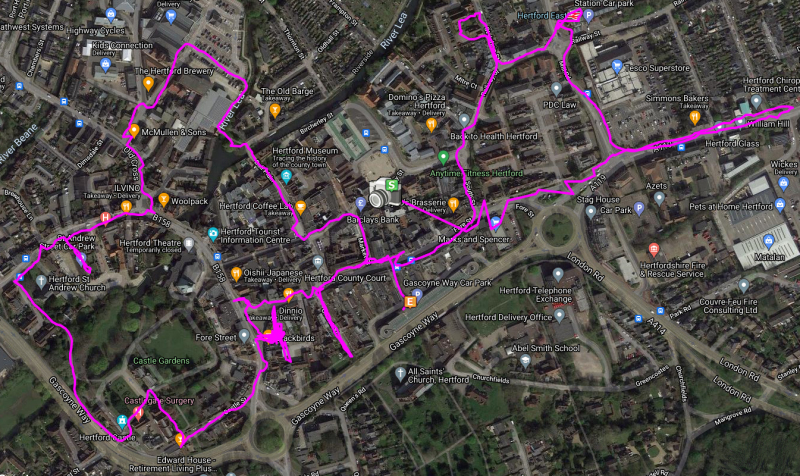
The Gang of 4 met up in the Car Park for the first time in ages
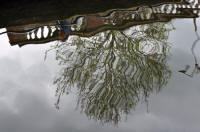 It was a dull day on the River Hiz! |
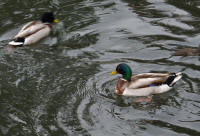 |
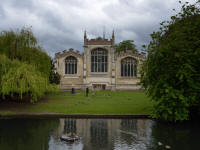 St Mary's Church |
 A moorhen nesting on the fountain |
| The Market |
 Colourful fabrics |
 Peppers on the market |
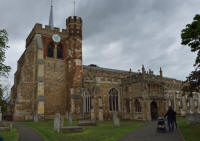 Mixed materials especially in the tower |
|
In 910 the church and its adjoining palace were burnt down and the monks left Hitchin for St Albans Abbey following which local people used stones from the ruined church to build a new parish church. In the Domesday Book of 1086 St Mary's is listed as the most important church in the Deanery of St. Albans. The church was partially destroyed during the 'Great Wind' of 1115 after which the nave had to be completely rebuilt; the church was struck by lightning in 1292 which caused great damage, while in 1298 the centre of the church collapsed as the result of an earthquake. Six years later in 1304, possibly weakened by the earthquake, the roof collapsed damaging monuments and relics inside the building.[5] The church was rebuilt with flint, rubble and stone from Totternhoe in 1305.[4] In 1220 the nuns and Bishop Hugh of Lincoln endowed a vicarage at the church. The present church building dates mostly from the 14th and 15th centuries and was originally dedicated to St Andrew, but came to be known as The Church of St Mary due to the powerful and influential Guild of our Lady founded in the 15th century.[6] The south porch, with its original door and described as "the chief glory of the church", was added in about 1450.[7] |
|||
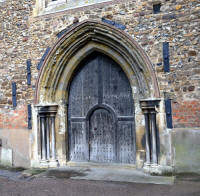 |
We had a cup of coffee and dodged a shower. |
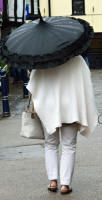 Parasol umbrella |
 |
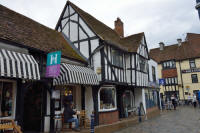 |
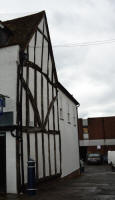 |
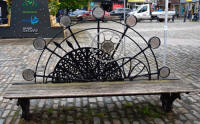 Interesting clock seat |
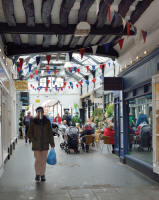 |
 |
 Very fine loos |
 |
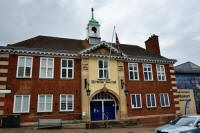 Hitchin Town Hall & North Herts. Museum on Hermitage Road |
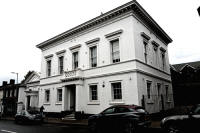 The Old Library |
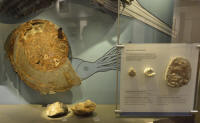 We visited the museum |
 |
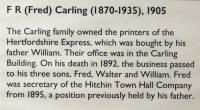 |
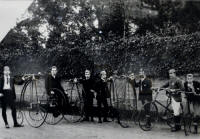 |
 |
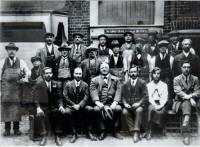 |
 |
 |
 |
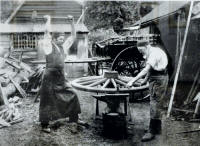 |
 |

from Wikipedia |
The great
bustard (Otis tarda) is a bird in the
bustard
family, the only member Portugal and Spain now have about 60% of the world's population.[2] It became extinct in Great Britain when the last bird was shot in 1832. Recent attempts to reintroduce it into England have met with some success[3] and there is a population of 40 birds on Salisbury Plain, a British Army training area. Here the lack of public access allows them the freedom needed as a large ground-nesting bird. |
||
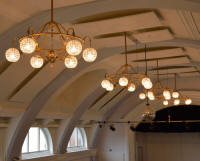 |
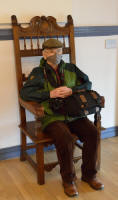 |
 |
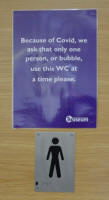 |
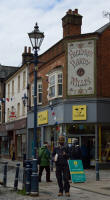 |
 |
 |
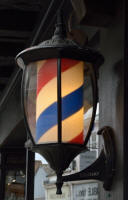
Barber's poll with and without movement |
 |
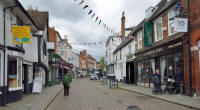 Sun street |
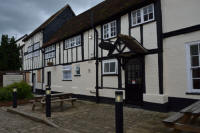 |
|
| We had lunch at a Greene King Pub the Sun Hotel. I made the better choice of sandwich | |||
 Sun Hotel |
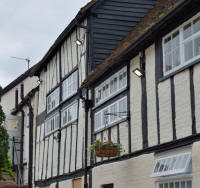 |
 |
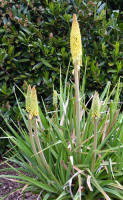
Poker |
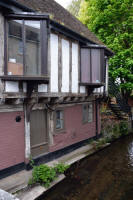 The River Hiz flows under |
 |
 Coaching Inn |
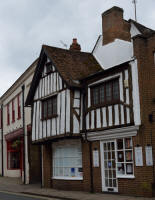 |
 |
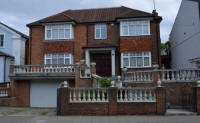 Splendid establishment... |
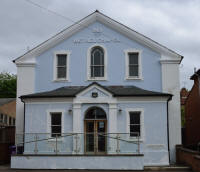 Pretty chapel |
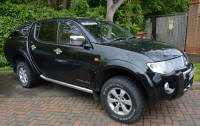
|

Prunus |
 |
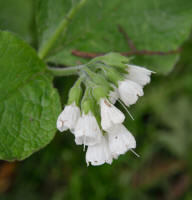 Comfrey |
 Graffiti |
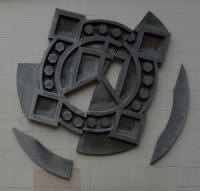 Artwork at Church House |
 Sun came out as we left |
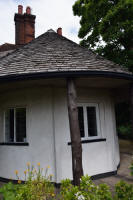 Wooden tiles |
It was good to get out again |